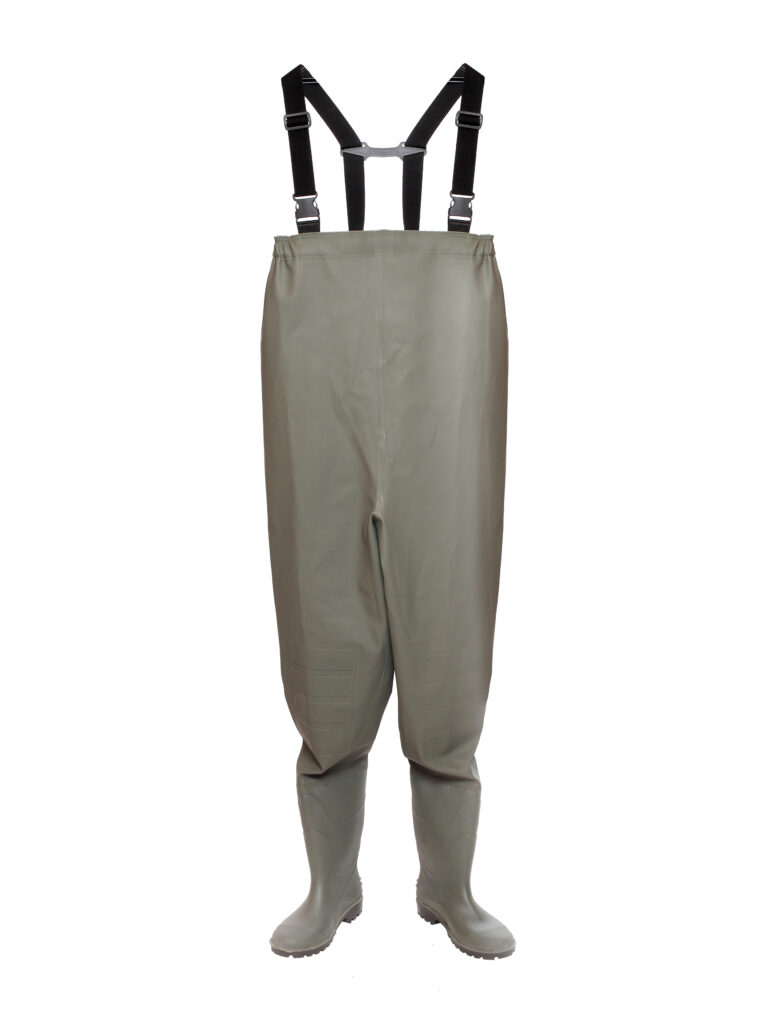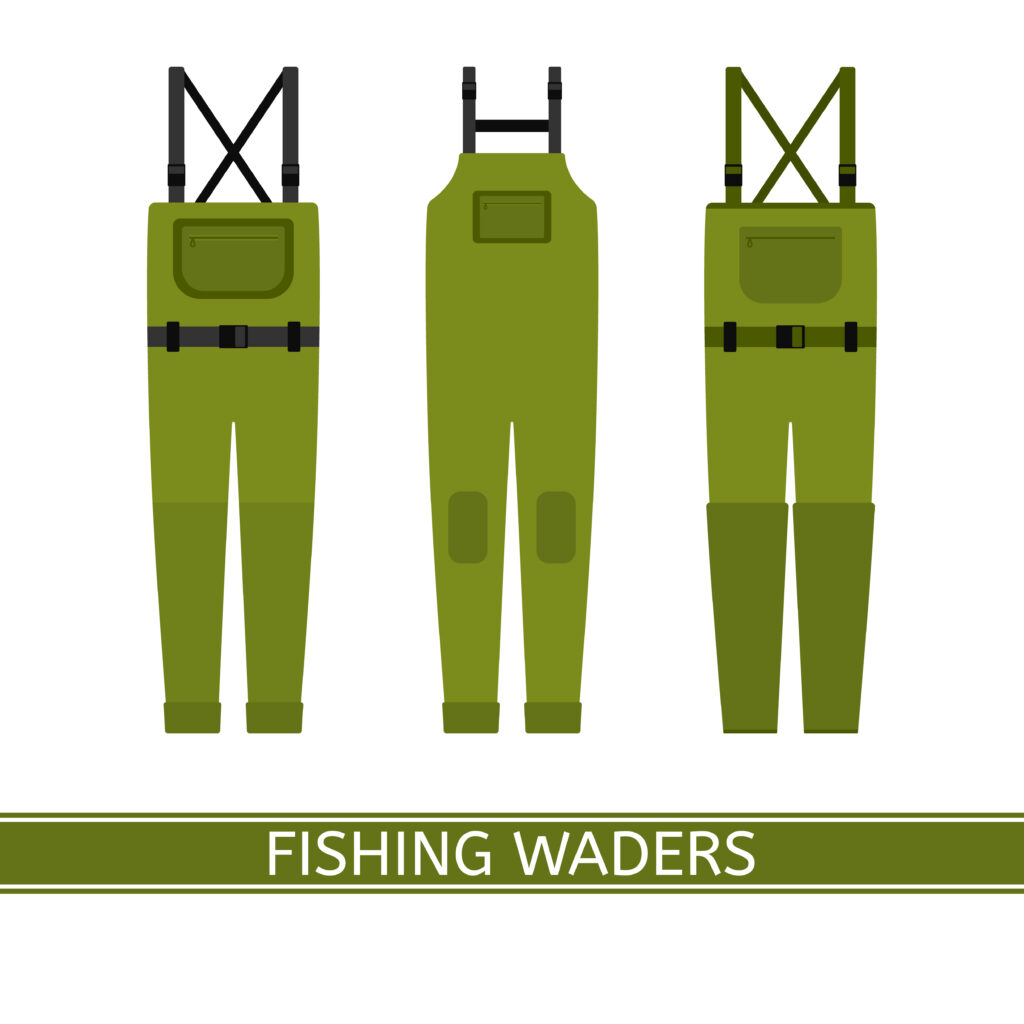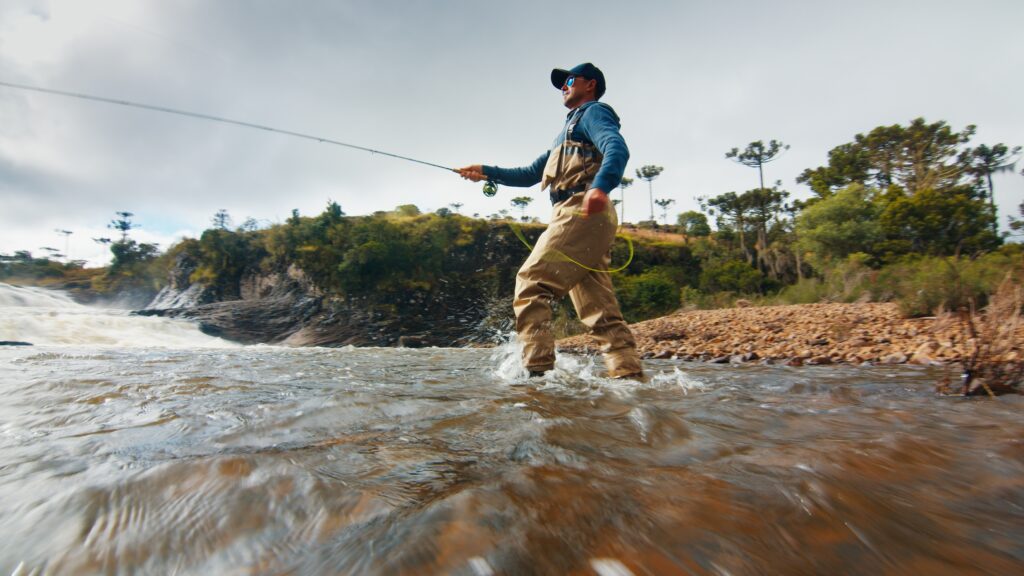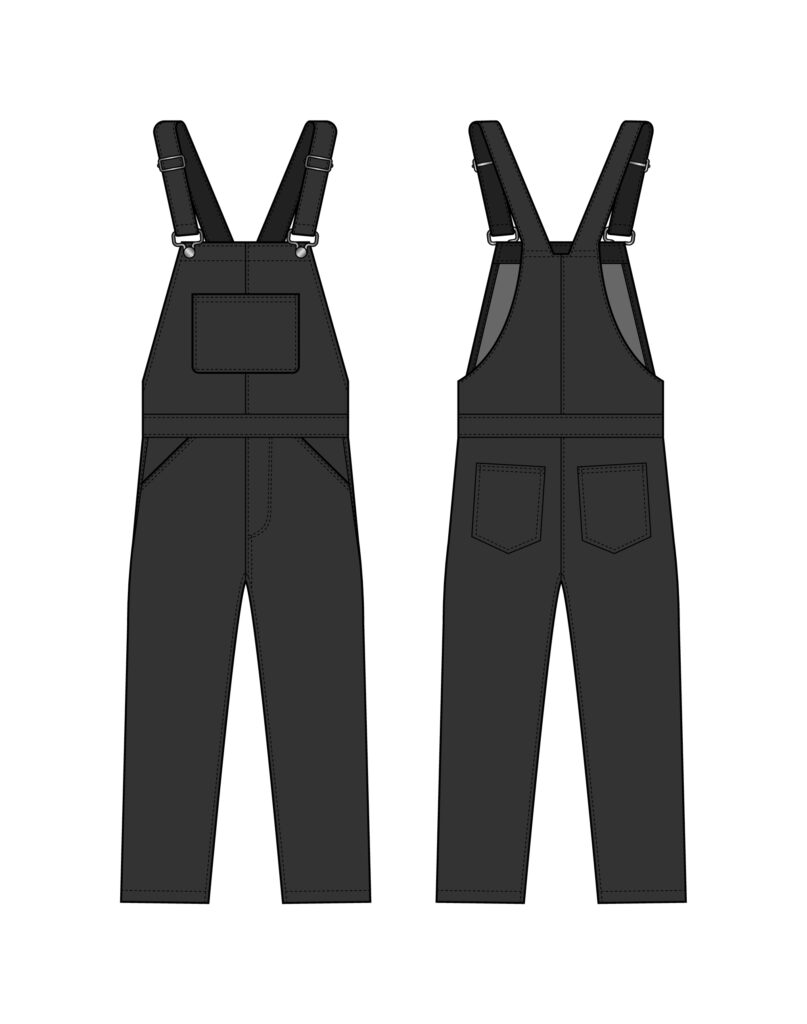Introduction
Outdoor enthusiasts, particularly anglers and hunters, know that staying dry and comfortable is essential to fully enjoy their favorite activities. Waders are the go-to gear to ensure that you can wade through shallow waters, navigate muddy terrain, and make the most out of your experience without getting wet. In this comprehensive guide, we’ll explore what waders are, the various types and materials available, and provide some tips for choosing the perfect pair for your needs.
What are Waders?
Waders, sometimes referred to as fishing waders or chest waders, are waterproof garments designed to protect the wearer from water, mud, and debris while engaging in outdoor activities. They typically extend from the feet up to the chest, allowing the wearer to stand or walk in shallow water without getting wet. Waders often come with built-in boots or attachable footwear, and may include additional features such as reinforced knees, adjustable suspenders, or pockets for added convenience.
Types of Waders
There are three main types of waders to choose from, depending on the wearer’s needs and the specific outdoor activity:
1.Hip Waders
These waders cover the legs from the feet up to the hips, making them ideal for shallow water activities such as fly fishing or clamming. They usually come with built-in boots and are fastened with a belt or straps around the waist.

2.Waist-High Waders
Also known as wading pants, these waders extend from the feet up to the waist, offering more coverage than hip waders. They are suitable for a wide range of outdoor activities, including fishing in slightly deeper waters, and are often paired with separate wading boots for a secure fit.
3.Chest Waders
As the name suggests, chest waders provide the most coverage, extending from the feet up to the chest. They are perfect for anglers who need to wade into deeper waters or for those who want maximum protection against water, mud, and debris. Chest waders typically come with adjustable suspenders and can be paired with either built-in boots or separate wading boots.

Materials Used in Waders
The performance, comfort, and durability of waders are largely determined by the materials used in their construction. Here are the three most common materials used in wader production:
1.Neoprene
Neoprene waders offer excellent insulation, making them ideal for cold water conditions. They are available in varying thicknesses, typically ranging from 3 to 5 millimeters, to cater to different weather conditions and personal preferences. While neoprene waders are warm and durable, they may not be as breathable as other options.
2.Breathable Fabrics
Waders made from breathable materials, such as Gore-Tex, provide a comfortable and lightweight option for those who require more breathability. These waders are perfect for warmer weather and extended use, as they allow moisture from perspiration to escape, keeping the wearer dry and comfortable. However, they may not be as warm as neoprene waders and may require additional layers in colder conditions.
3.PVC
PVC waders are an economical option for those on a budget. They are lightweight and waterproof, but may not offer the same level of comfort or durability as neoprene or breathable fabric waders.

Choosing the Perfect Pair of Waders
When selecting a pair of waders, consider the following factors to ensure you make the best choice for your needs:

1.Type of Activity
Determine the type of outdoor activity you’ll be engaging in, as this will dictate the level of coverage and protection you require. Hip waders may be suitable for shallow water activities, while chest waders offer maximum coverage for deeper water activities or challenging conditions.
2.Material
Consider the weather and water conditions you’ll encounter during your outdoor pursuits. Neoprene waders offer warmth and durability for cold-water environments, while breathable fabric waders are lightweight and perfect for warmer conditions. PVC waders are an economical choice but may not provide the same level of comfort or durability as other materials.
3.Fit and Comfort
Ensuring a proper fit is essential for both comfort and functionality. When trying on waders, make sure there’s enough room for any additional layers you might need, as well as freedom of movement for activities like casting or walking. Adjustable suspenders, waist belts, or boot sizes can help customize the fit for added comfort.
4.Built-in vs. Separate Boots
Waders come with either built-in boots or separate wading boots that attach to the wader. Built-in boots offer convenience and are typically more affordable, while separate boots provide a more secure fit and the ability to customize footwear for different terrains or activities.
5.Additional Features
Look for added features that enhance the functionality and convenience of your waders. Reinforced knees, adjustable suspenders, and pockets can make your outdoor experience even more enjoyable.
Maintaining and Caring for Your Waders
Proper maintenance and care can extend the life of your waders and keep them in top condition for your outdoor adventures. Here are some tips for maintaining your waders:
1.Cleaning
After each use, rinse your waders with fresh water to remove any dirt, mud, or debris. If needed, use mild soap and a soft brush to clean the exterior gently. Allow the waders to air dry completely before storing them away.
2.Storage
Store your waders in a cool, dry place, away from direct sunlight or heat sources. Avoid folding or creasing the waders, as this can cause damage to the material over time. Hanging them by the suspenders or using a wader hanger is recommended.
3.Inspection and Repair
Regularly inspect your waders for any signs of wear or damage. Small punctures or tears can be repaired using a wader repair kit, which typically includes adhesive and patches designed for the specific wader material.
4.Avoiding Damage
When wearing your waders, be cautious of sharp objects, rough terrain, or abrasive surfaces that could cause damage. Wearing a wading belt can also help prevent water from entering the waders in case of a fall or accidental submersion.

In Conclusion
Waders are an essential piece of gear for outdoor enthusiasts who want to stay dry and comfortable while navigating shallow waters or wet environments. By understanding the different types, materials, and features of waders, you can make an informed decision and choose the perfect pair for your needs. With proper care and maintenance, your waders will serve you well on many outdoor adventures to come.